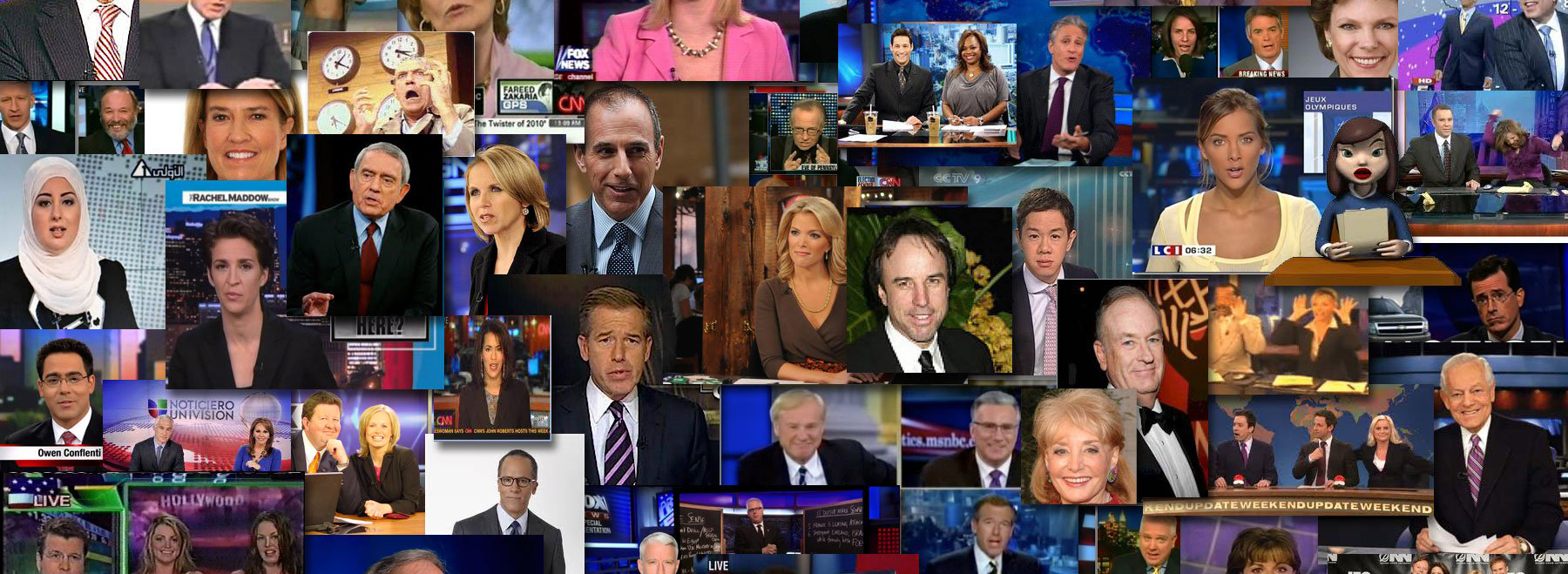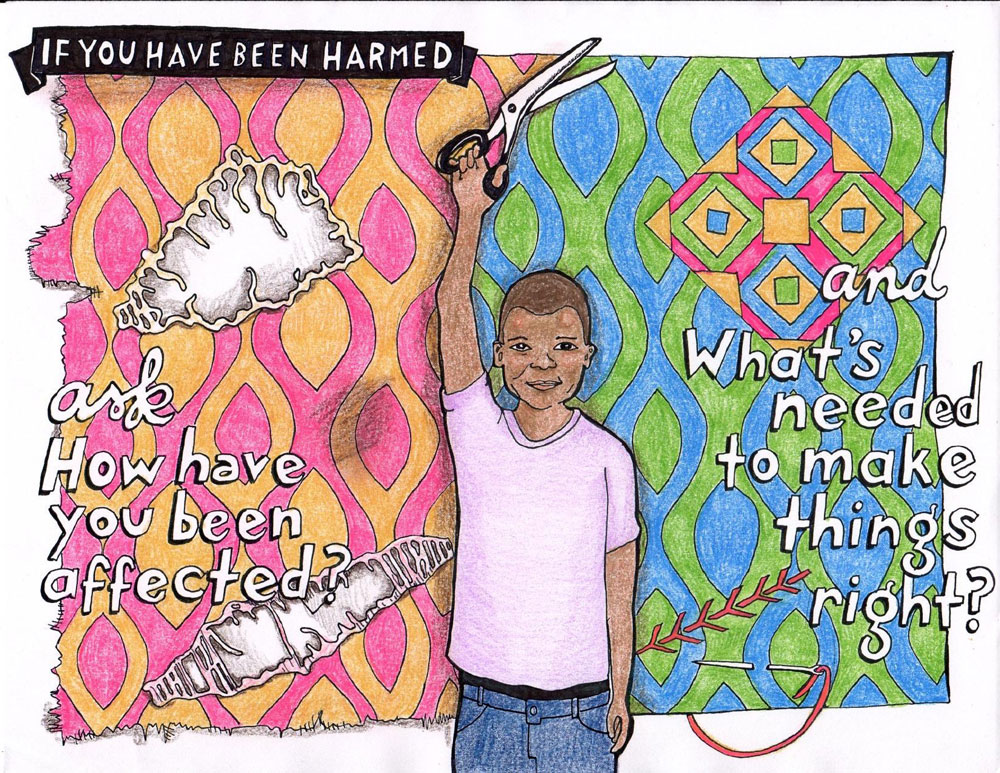This post is based on the article: Education Coverage in Television News: A Typology and Analysis of 35 Years of Topics. Check out the full article for free at AERA Open.
When US residents are asked about the priorities they want policymakers to address, education is always near the top. That’s not surprising. Most of us have a child, a neighbor, a niece, a nephew, a grandchild, or someone we care about who is making their way through the school system. We’re rightly concerned about what happens after youth are dropped off at the school door — particularly after decades of being told how badly our public schools are failing.
What is surprising is how little attention mainstream media outlets give to education. A Brookings Institute study of national print, television, web, and radio news sources in 2009 found that just 1.4% of news coverage addressed topics related to education. Of this coverage, most was focused on topics like finances, politics, and the H1N1 flu outbreak, rather than on issues of teaching and learning. The authors concluded that national education coverage is “virtually invisible.”
The question of how the news media covers education is important. It’s important because democracy only works when the public is informed, and we rely on the media to inform us about pressing issues like school reform. It is important because of the “agenda setting” role that the media plays; by selecting some topics over others, the media affects which issues we see as significant and worth our time. And it is important because the media shapes how we think about educational issues, depending on how they are framed: what is left in and what is left out, what is forefront and what is left in the background, who speaks and who is silent.
A few years ago, my colleague at the University of Utah, Dr. Kevin Coe, and I launched a research project looking into mainstream news coverage of education. Dr. Coe is a scholar of rhetoric and political communication. My research is in education and culture. Together, we pulled together a large body of data: every story about Pre-K-12 education (preschool through high school) in the U.S. that aired on broadcast evening news (ABC, NBC, CBS) over the course of 35 years.
Our research immediately confirmed what others have found about education coverage: There is very little. Pre-K-12 education news made up less than 1% of all evening news coverage. In an average year, the three networks presented just 194 minutes of education news.
This low percentage makes the topics that are covered that much more important. We wanted to know: What topics within education are being covered? What’s being left out? And how has this changed over time? So we categorized all the stories by their most prominent topic. This involved developing a typology of 30 different education topics sorted into four broad categories. Our data set is publicly available for other researchers to use.
We’ve only scratched the surface of what this data can tell us about how the network news media might be shaping educational policy and practice. In this post, we present a couple of data visualizations based on this research. These interactive visualizations chart the level of coverage for each topic, year by year. If you want some of our interpretations, check out the full article. But we encourage you to use these visualizations to explore for yourself, and begin to think about why these trends might look the way they do. The typology and definitions of each topic can be found here.
In the first figure, you can see the 35-year trends for the four broad categories (Teaching and Learning; Structures of Schooling; Equity and Diversity; Climate, Health, and Safety), as well as changes in total education coverage. You can expand the graph to full screen, and click on each topic on the right to highlight that trend.
This second figure takes a more fine-grained look, following 30 specific topics. Many of these topics are related to prominent school reform movements like school choice and standards, hot button issues like religion in schools, and long-running struggles to address (in)equity in education. Again, you can use the graph below to explore each separate topic and how focus on it has waxed and waned over time.
Dr. Coe and I have now begun to dig deeper into specific topics and how they are framed by network news media. We’re studying what is sometimes called the “discourse of derision” — a discourse that attacks the U.S. education system and places blame squarely on the shoulders of educators. We’re interested in the discourses used to discuss race and equity, and how they have evolved over the years through multiple equity-focused reform efforts.
As with any research, there are limits to what we can learn from this data. These days, network news media is only one part of a vast media landscape that includes social media, online blogs and news sites, podcasts, and much more. Still, this data gives us the rare ability to track dominant education discourses over the course of decades, and to analyze how the way we talk about schools has evolved (or not) over time.
Featured Image: Montage of news anchors, created for LikeTheDew.com from sources all over the web through fair use.



